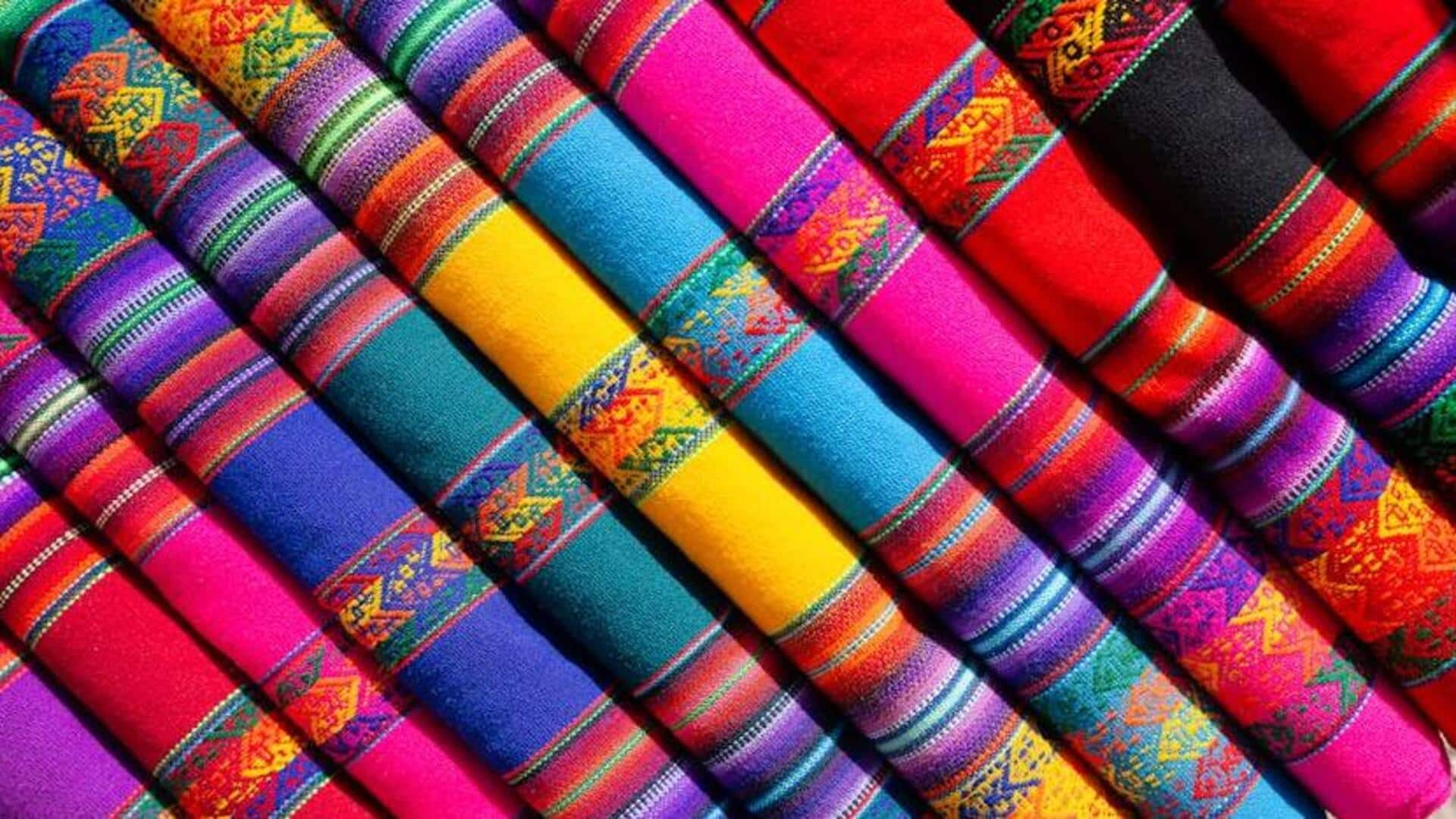
Here's how to embrace biodegradable fabrics
What's the story
In an era where sustainability is not just a choice but a necessity, the fashion industry is undergoing a significant transformation. The spotlight is on biodegradable fabrics, materials that can decompose naturally and return to the earth without leaving harmful residues. This shift toward green fashion is not just a trend but a movement toward preserving our planet for future generations.
Background
The rise of green fashion
The fashion industry has long been criticized for its environmental impact, from excessive water usage to pollution caused by synthetic fibers. However, the tide is changing with the rise of biodegradable fabrics. These materials, derived from natural sources like organic cotton, hemp and bamboo, offer an eco-friendly alternative to traditional textiles. Their ability to break down naturally reduces landfill waste and minimizes environmental pollution.
Key concept
Understanding biodegradable fabrics
Biodegradable fabrics are made from natural fibers that decompose over time when exposed to natural elements like soil and sunlight. Unlike synthetic materials that may take hundreds of years to break down, biodegradable fabrics can return to nature in as little as a few months to a couple of years. This process significantly reduces the environmental footprint of clothing items made from these materials.
Practical advice 1
How to incorporate biodegradable fabrics into your wardrobe
Begin by researching brands that focus on sustainability in their production. Look for certifications like the Global Organic Textile Standard (GOTS) or OEKO-TEX Standard 100, ensuring textiles adhere to strict environmental standards. Incorporating biodegradable fabrics into your wardrobe doesn't mean sacrificing style; many sustainable brands provide fashionable options that are eco-friendly and chic, allowing for a stylish yet environmentally conscious choice.
Practical advice 2
Caring for your eco-friendly garments
To extend the life of biodegradable clothing and lessen environmental impact, use gentle washing methods. Opt for cold water and eco-friendly detergents, avoiding bleach or fabric softeners that hinder natural decomposition. Air drying instead of using a dryer saves energy and maintains fiber integrity. Making such choices in our fashion habits contributes to a more sustainable planet—one garment at a time.